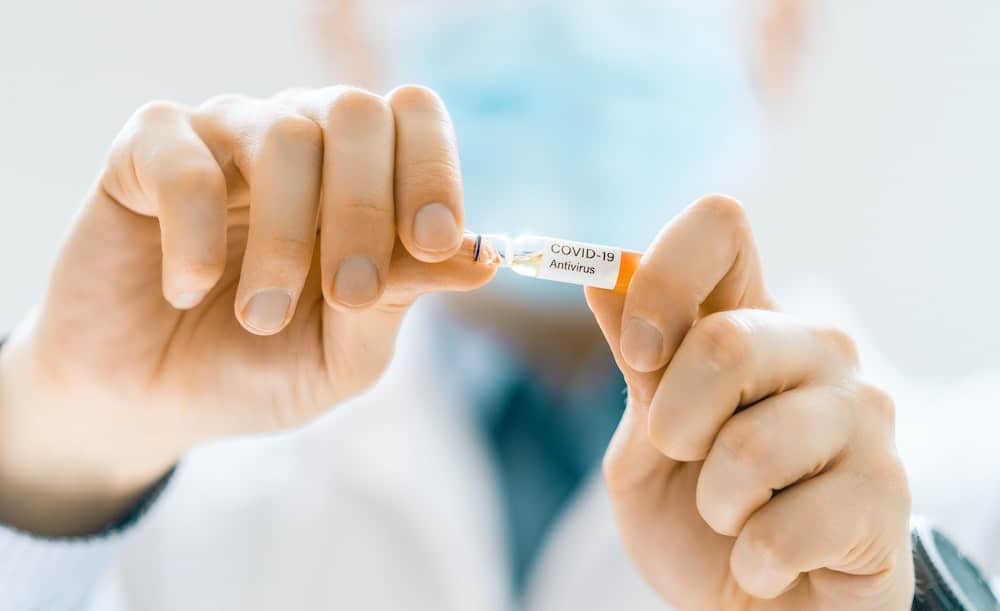What’s the Role of Active Recovery Sessions in Preventing Overuse Injuries in Tennis Players?

As the world of sports continues to evolve, so does the understanding of what it takes to build and sustain an elite athlete. The sport of tennis is no exception, where the physical demand is immense. A game that requires an amalgamation of speed, agility, endurance, and strength, it’s no wonder that players often experience injuries. The repeated strain on the body can lead to what is termed as overuse injuries. Hence, it becomes paramount to focus not only on the training sessions but also on the active recovery sessions.
The Prevalence of Injuries in Tennis
Let’s start by analyzing the prevalence of injuries in tennis. Athletes who play this sport often go through intense training and conditioning to ensure optimal performance. However, this continuous push towards physical limits can sometimes lead to injuries.
Lire également : How Can Real-Time Aerodynamic Feedback Devices Benefit Competitive Sailors?
Most commonly, tennis players experience injuries due to overuse, which means the damage is caused by repetitive strain and stress on specific muscles or joints. In a study published on PubMed, it was found that approximately 50-70% of all tennis-related injuries are overuse injuries. This high prevalence of injuries speaks volumes about the necessity for effective preventative measures.
The Role of Training in Minimizing Injuries
Training plays a critical role in preventing injuries. Skilled coaches and trainers employ various techniques and exercises to help athletes build their strength, endurance, and flexibility. All these factors, when combined, contribute to a player’s on-ground performance and decrease the probability of injuries.
Lire également : What Is the Best Strategy to Enhance Concentration During Long Golf Tournaments?
It is important to design a training regimen that balances rigorous practice with sufficient rest. For instance, cross-training can be an effective method to prevent overuse injuries. It involves incorporating different exercises that use various muscle groups, thereby reducing the strain on a specific set of muscles, which are predominantly used in tennis.
The Importance of Active Recovery Sessions
Active recovery sessions are just as crucial as the training itself. These sessions primarily focus on restoring the body to its pre-exercise state, allowing athletes to recover more efficiently and effectively after intense training or matches.
Active recovery refers to engaging in low-intensity exercises such as swimming, cycling, or even a light jog. These exercises help increase blood flow, which in turn speeds up muscle recovery by flushing out the lactic acid and facilitating the delivery of nutrients to the muscles.
Water therapy, for instance, has been widely used in sports medicine due to its unique properties. It provides an excellent medium for active recovery as the buoyancy reduces the impact on joints, making it a gentle yet effective recovery method.
The Influence of Active Recovery on Performance
Active recovery sessions have a direct influence on an athlete’s performance. According to an article published on Crossref, active recovery sessions can substantially lessen muscle soreness, accelerate recovery, and thus enhance performance.
Implementing active recovery sessions in an athlete’s routine can result in improved stamina, reduced fatigue, and better overall performance. Therefore, it’s not just about preventing injuries but also about optimizing performance.
The Interplay of Training, Recovery, and Preventing Injuries
The prevention of overuse injuries in tennis players requires a holistic approach that combines training, recovery, and preventative measures. It’s about understanding the athletes’ bodies, their limits, and pushing those boundaries in a safe and controlled manner.
Investing in active recovery sessions is similar to investing in a player’s longevity in the sport. A study published on PubMed suggests that a comprehensive approach—incorporating cross-training, strength and conditioning exercises, and active recovery sessions—can significantly reduce the chances of overuse injuries in athletes.
In conclusion, it’s evident that active recovery sessions play a vital role in preventing overuse injuries in tennis players. Furthermore, they contribute to enhancing the performance of athletes, thereby making them an essential component of an athlete’s training regimen.
Proven Recovery Techniques in Preventing Overuse Injuries
In the quest to prevent overuse injuries in tennis players, it is crucial to explore and adopt proven recovery techniques. One of these effective recovery techniques is cold water immersion or hydrotherapy. This technique is often highlighted on PubMed and Google Scholar as a method that can rapidly decrease muscle temperature, reduce inflammation, and speed up the recovery process.
Strength conditioning is another technique that can play a significant role in injury prevention. As per an article on Crossref, it involves a combination of resistance training and endurance exercises. This technique helps players build durability and resilience in both the upper and lower body, making it less prone to injuries.
Moreover, cross-training as a recovery technique, which involves engaging in different activities that involve different muscle groups, has been discussed in several articles, including a PMC free article. By doing so, athletes can prevent the overuse of tennis-specific muscles, thus reducing the risk of related injuries.
Furthermore, studies on PubMed Crossref have shown that massages can also play an essential role in recovery. They help in reducing muscle tension and enhancing blood flow, leading to faster recovery and fewer injuries.
Conclusion: The Integral Role of Active Recovery in Preventing Injuries
In conclusion, the role of active recovery sessions in preventing overuse injuries in tennis players cannot be overemphasized. An active recovery session post a rigorous training session can significantly reduce the risk of overuse injuries. By expediting the process of healing and recovery, it ensures that the player is fit and ready for the next training session or match.
From cold water immersion to strength conditioning, cross-training, and massages, each recovery technique has its own unique benefits. By incorporating these methods into their routine, players can not only prevent overuse injuries but also improve their performance.
Furthermore, it is essential to remember that recovery techniques should be tailored to the individual needs of the player. The effectiveness of these techniques can vary from person to person. Therefore, trainers and coaches should take into account the player’s physical condition, training intensity, and personal preferences when designing a recovery plan.
As reiterated in a free article on Crossref Google, the interplay of training, recovery, and injury prevention is a complex process that requires a comprehensive approach. It involves understanding the athlete’s body, limits, and capabilities, and pushing those boundaries responsibly.
In essence, active recovery sessions are an investment in the player’s longevity in the sport. They not only enhance performance but also contribute significantly to injury prevention. Therefore, they should be an integral part of every tennis player’s routine.
